
In the fast-evolving world of digital marketing, Pay-Per-Click advertising stands out as one of the most effective methods for driving targeted traffic to your website. With its ability to deliver immediate results and its precise targeting capabilities, PPC can be a game-changer for businesses looking to boost their online presence and achieve measurable growth. This comprehensive guide will delve deep into the nuances of PPC advertising, providing you with a thorough understanding of how it works, its benefits, and best practices to ensure a successful campaign.
Table of Contents
What is Pay-Per-Click Advertising?
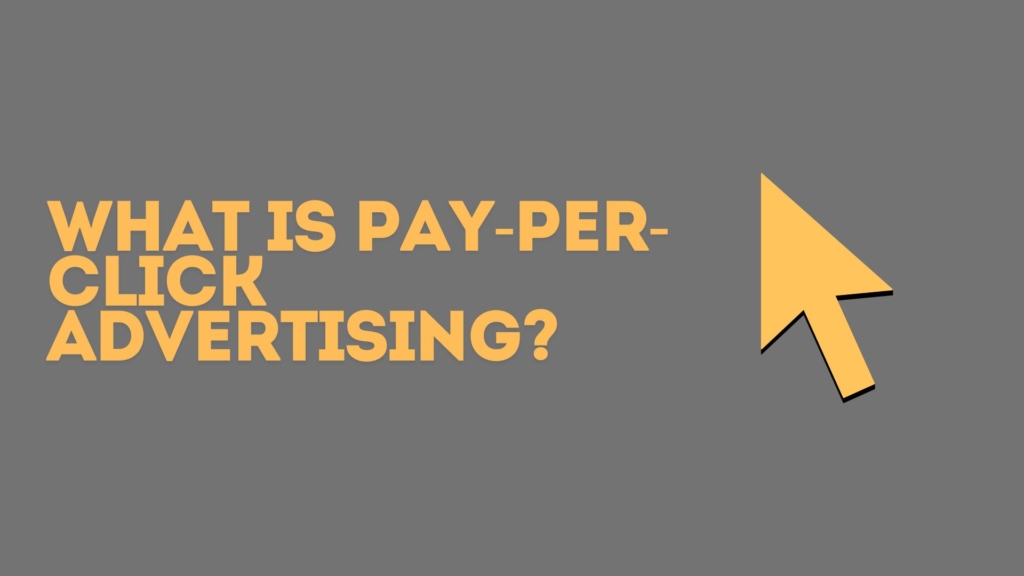
How Does pay-per-click Advertising Work?
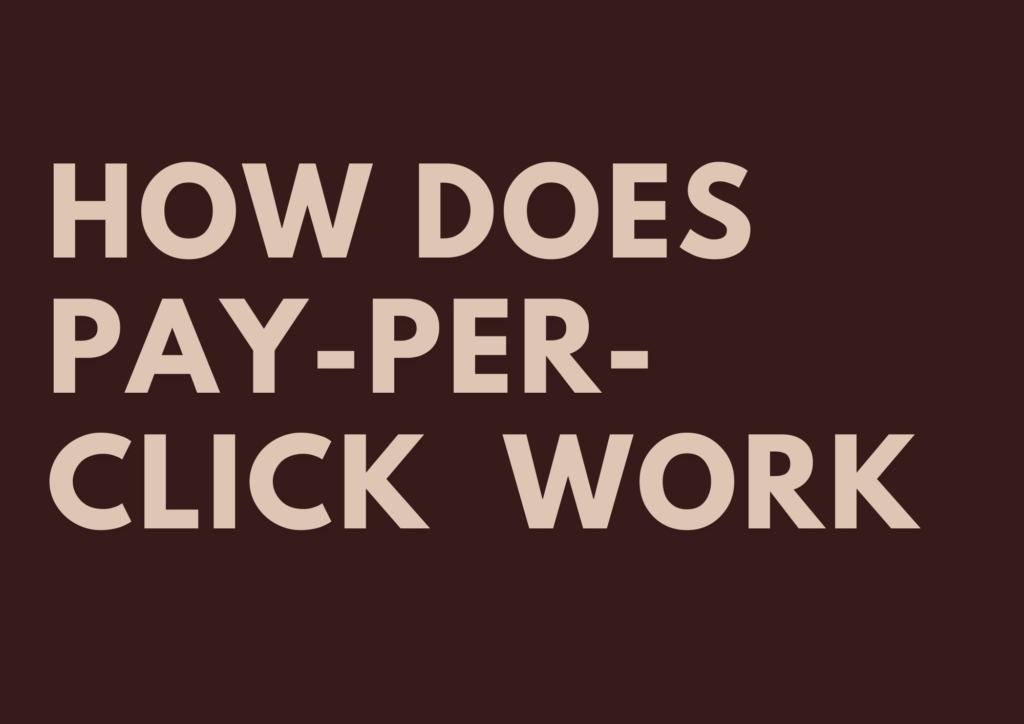
A common digital marketing strategy is pay-per-click (PPC) advertising, in which marketers are charged a fee each time one of their ads is clicked. Rather than attempting to organically earn visits, businesses buy traffic to their websites through this model. The most common platform for PPC is Google Ads, though it’s also used on social media sites like Facebook and Instagram. For keywords related to their offerings, bidders compete. When a user searches for these keywords, the ad appears in prominent spots on search engine results pages (SERPs) or social feeds. The core idea is that businesses pay for targeted exposure, only incurring a cost when a user takes action by clicking the ad.
PPC works on a bidding system where advertisers compete for ad placement by bidding on keywords. However, the amount an advertiser bids isn’t the only factor in where the ad appears. Google Ads, for instance, uses an algorithm that takes both the bid amount and the ad’s quality score into consideration. The quality score is determined by factors such as ad relevance, expected click-through rate (CTR), and the landing page experience. This system ensures that the most useful and relevant ads, not just the highest bidders, appear in search results, improving the user experience while also maximizing returns for advertisers who can strategically optimize their campaigns.
The real benefit of PPC advertising lies in its precision and potential return on investment (ROI). Advertisers can control their budgets, set spending limits, and target specific demographics, locations, and even devices. For example, an e-commerce store might run ads targeting users searching for specific products, ensuring they reach an audience ready to make a purchase. With proper campaign optimization, the cost of each click can be far outweighed by the revenue generated from conversions, making PPC one of the most effective methods for driving traffic and generating sales online.
Types of pay-per-click advertising
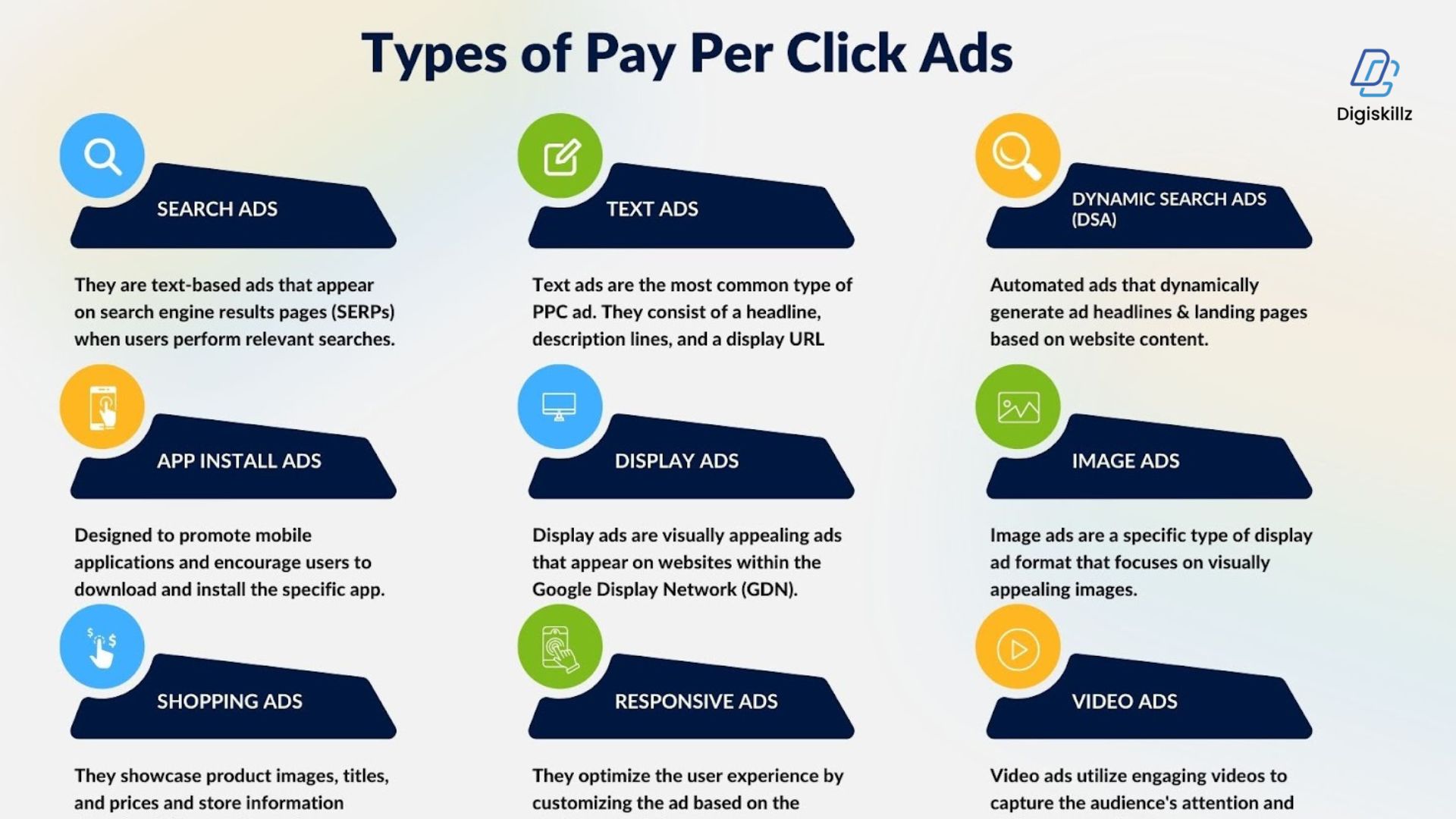
Best Practices for Successful pay-per-click Advertising Campaigns

Challenges of Pay-Per-Click Advertising and How to Overcome Them

High Competition and Cost
Challenge: In highly competitive industries, bidding wars on popular keywords can drive up costs, making Pay-per-click advertising campaigns expensive and potentially less profitable.
Solution: Focus on long-tail keywords, which are often less competitive and more targeted. Regularly review and adjust your bidding strategy to ensure you’re not overspending on low-performing keywords. Implementing negative keywords can also help prevent irrelevant clicks that waste your budget.
Ad Fatigue
Challenge: Over time, audiences may become less responsive to ads they’ve seen repeatedly, leading to declining click-through rates (CTR) and reduced effectiveness.
Solution: Regularly refresh your ad copy, visuals, and offers to keep them engaging and relevant. Finding the components that appeal to your target audience the most can be accomplished by A/B testing various ad variations.
Poor Quality Score
Challenge: A low-quality score can increase your cost-per-click (CPC) and reduce your ad’s visibility, as it’s based on factors like ad relevance, CTR, and landing page experience.
Solution: Improve the relevance of your ads by closely matching them to your target keywords. Ensure your landing pages are user-friendly, load quickly, and deliver the content promised in the ad. Enhancing your overall user experience will boost your quality score over time.
Difficulty in Measuring ROI
Challenge: Accurately tracking the return on investment (ROI) for PPC campaigns can be complex, especially when factoring in long sales cycles or offline conversions.
Solution: Use advanced tracking tools and set up conversion goals in your analytics platform to measure both online and offline actions. Multi-channel attribution models can also provide a clearer picture of how Pay-per-click advertising fits into your broader marketing strategy.
Ad Fraud
Challenge: Click fraud, where competitors or malicious bots generate false clicks on your ads, can drain your budget and skew your campaign data.
Solution: Implement click fraud detection tools and work with your ad platform to monitor suspicious activity. Regularly reviewing your campaign data for unusual patterns can also help you spot and address potential fraud early.
Keeping Up with Platform Changes
PPC platforms like Google Ads and Bing Ads frequently update their algorithms, features, and policies, which can impact your campaigns.
Solution: Stay informed by subscribing to industry news and updates from Pay-per-click advertising platforms. Regularly reviewing your campaigns and adapting to new features can help you maintain a competitive edge.
By understanding these challenges and implementing strategic solutions, businesses can maximize the effectiveness of their PPC advertising efforts and achieve sustainable growth in their digital marketing campaigns
Pay-per-click advertising is a powerful tool for businesses looking to drive targeted traffic to their websites, increase brand visibility, and achieve measurable results. By strategically bidding on keywords and optimizing ad campaigns, companies can reach potential customers at the precise moment they’re searching for related products or services. However, to maximize the return on investment, it’s crucial to continuously monitor and refine pay-per-click advertising campaigns, ensuring they align with evolving market trends and consumer behaviors. When done effectively, pay-per-click advertising advertising can be a cost-efficient and impactful component of a comprehensive digital marketing strategy.
Conclusion
Pay-Per-Click advertising offers businesses a powerful way to target their ideal audience, drive traffic, and achieve measurable results. By developing strategic campaigns, carefully selecting keywords, and consistently monitoring performance, businesses can maximize their ROI and stay competitive in a crowded digital marketplace. The benefits of PPC, including instant visibility, budget control, and detailed analytics, make it a go-to marketing tool for both small and large businesses.
Implementing best practices—such as conducting thorough keyword research, writing compelling ad copy, and optimizing landing pages—will further enhance your PPC success. As digital marketing evolves, adapting to changes in consumer behavior and platform algorithms will help ensure your campaigns continue to deliver optimal results.
Now is the perfect time to refine your PPC strategy, capitalize on its benefits, and take your advertising efforts to the next level!



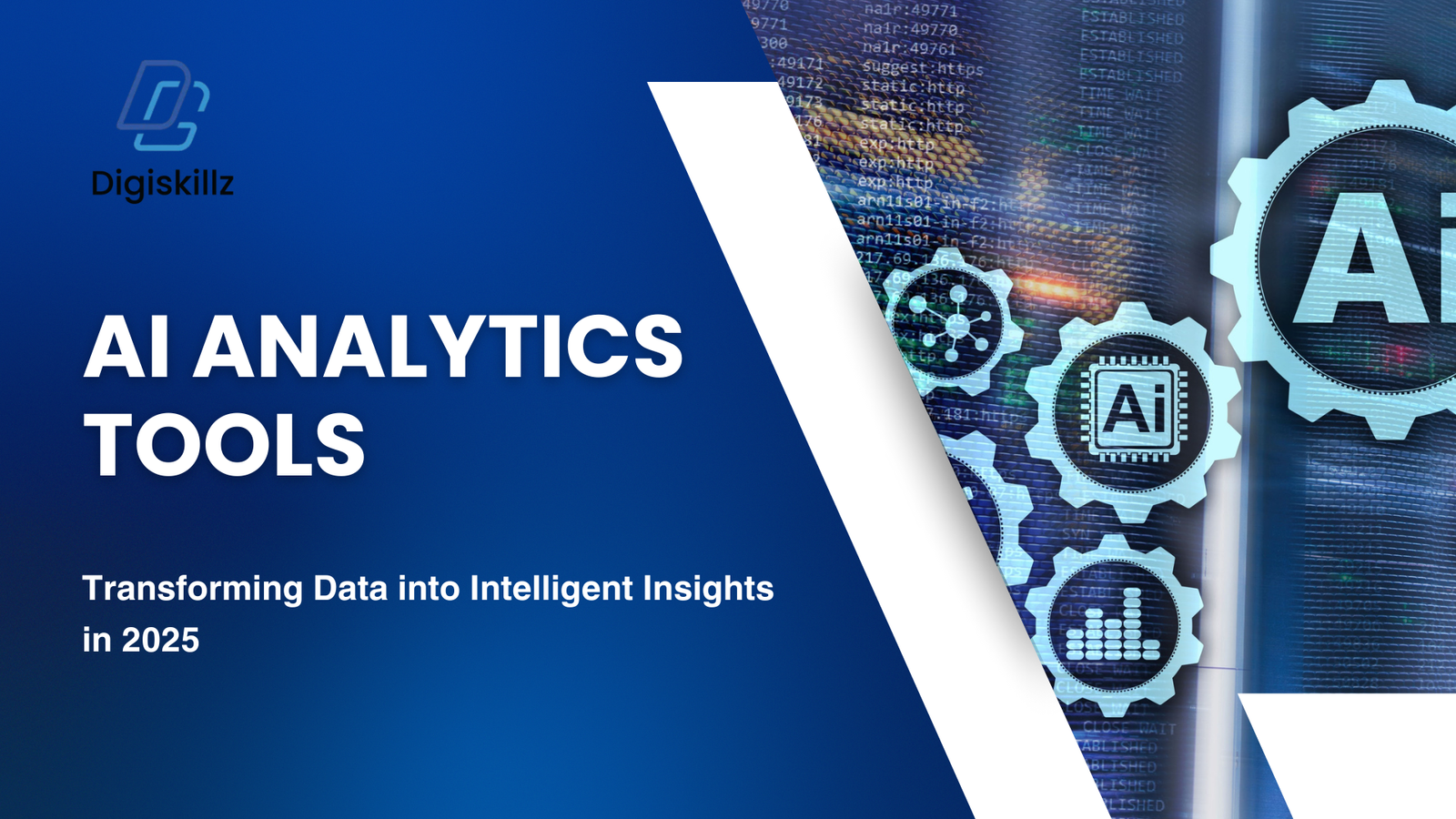


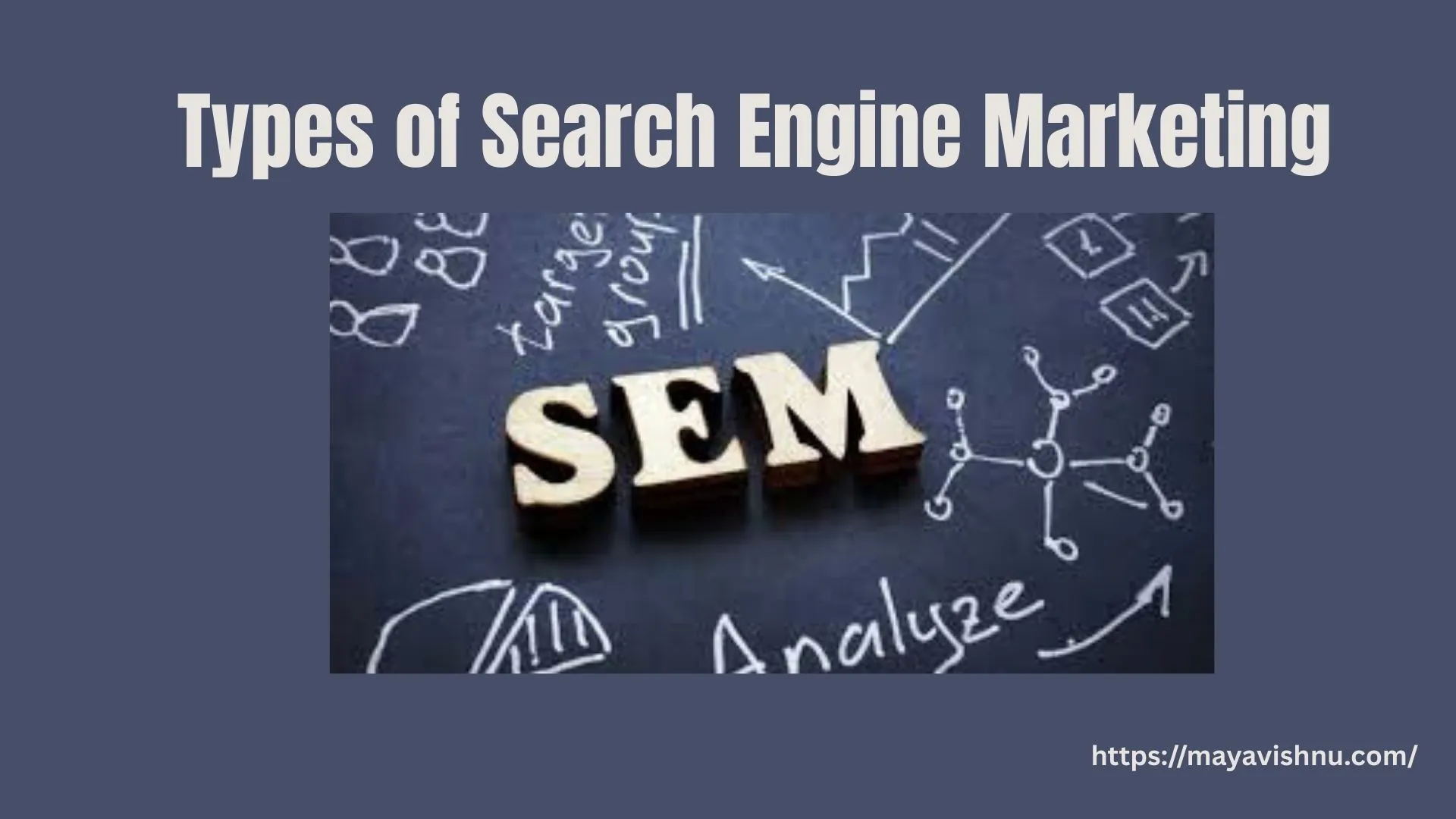
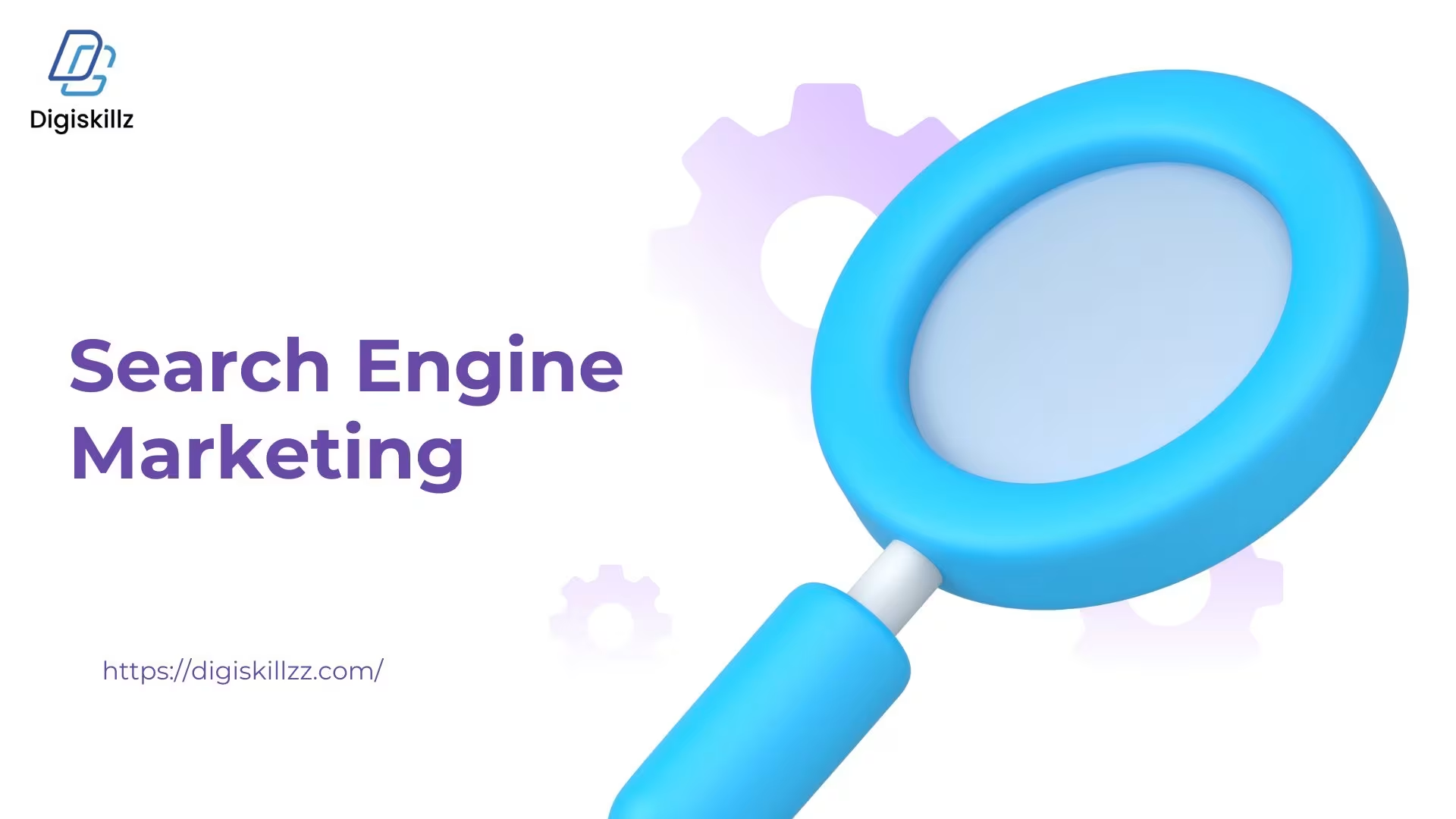
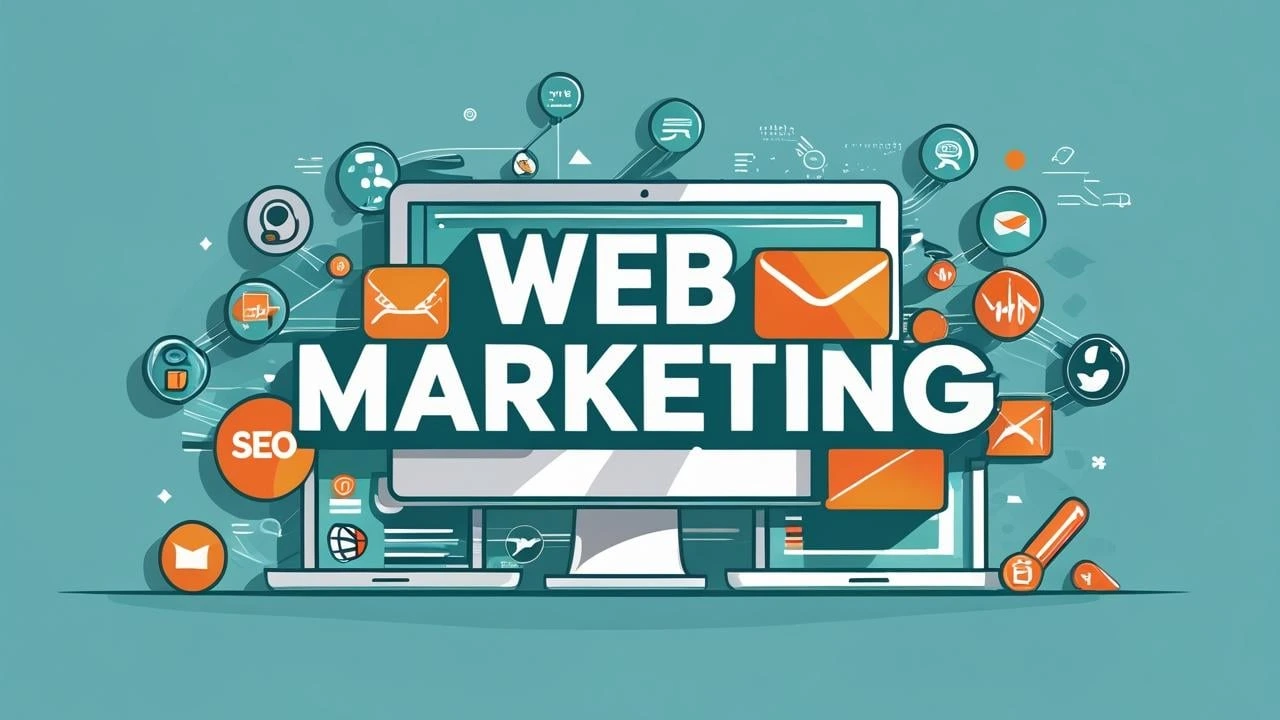
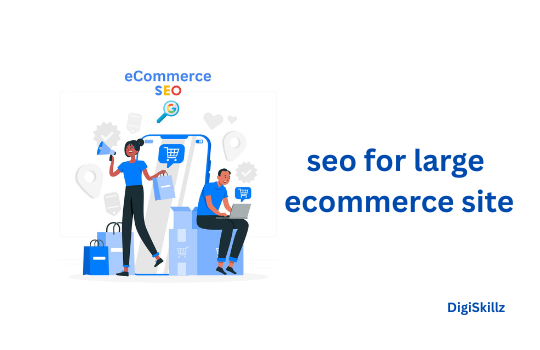

Leave A Comment